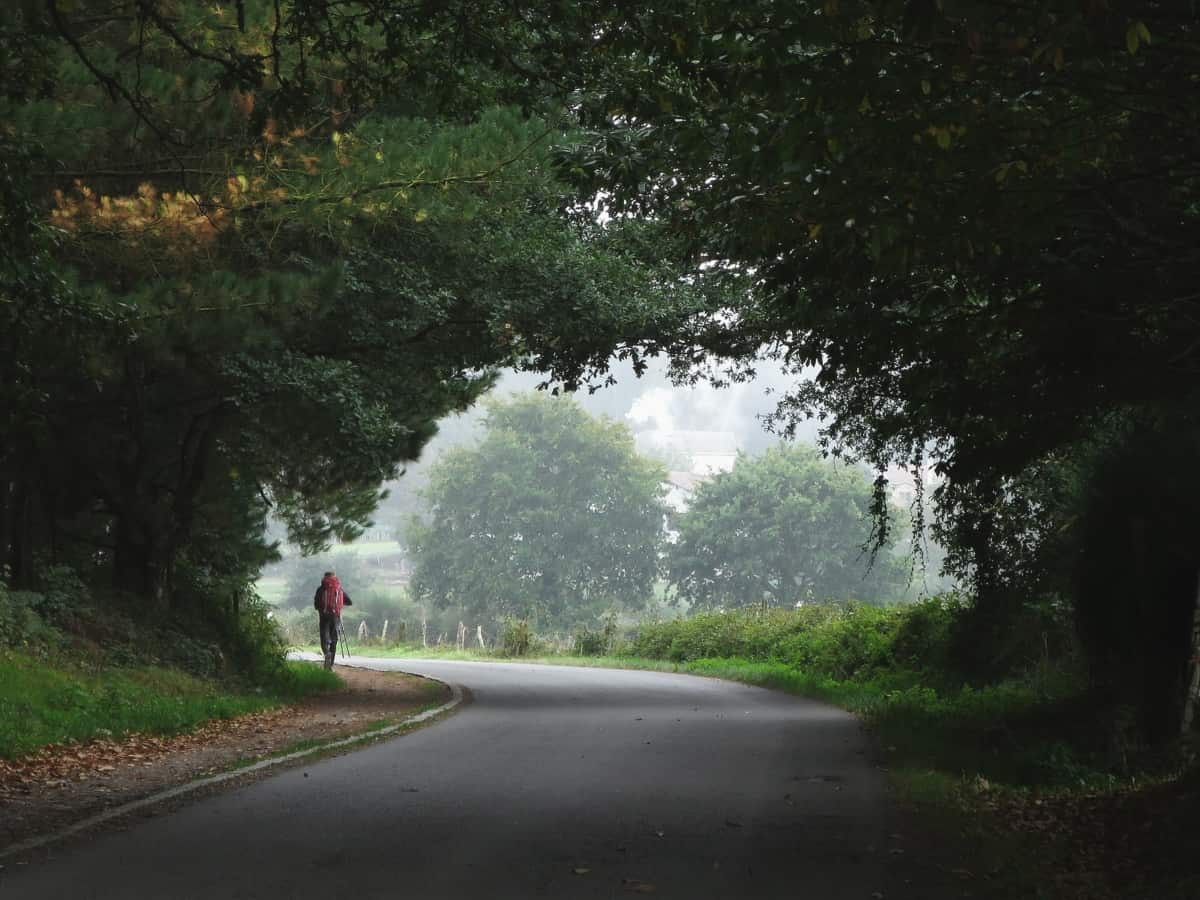
The Art of Rambling
I’ve been reading a lot of books about walking lately: rambling through pages that recount long saunters across lands familiar and foreign. The curriculum is reminding me that the simple act of placing one foot in front of another is the best way to authentically experience a place, and often leads one to insight and epiphany.
It started with my discovery of Patrick Leigh Fermor‘s epic memoir trilogy that recounts his long, wandering journey from the Hook of Holland to Constantinople in 1933. Traversing much of continental Europe on foot — curious, unbiased and open to adventure — Fermor experienced the sights, sounds, smells and tastes of a wide variety of cultures before World War II irrevocably changed everything.
From traveling with gypsies to sleeping in barns and castles, crossing the Alps to drifting down the Danube, Fermor’s detail-rich prose captures a lost world of Hapsburg royalty, Bratislavian shepards, Carpathian Jews, Serbian merchants and Saxon lumberjacks.
Fermor’s slow mode of travel allows him to absorb local details — smells of cooking, music of church bells, methods of harvest, bounty of markets — and along the way he gains an intimate understanding of the varied landscapes through the soles of his feet.
That taste of Europe zu fuß led me to the wonderful gem of a book by Robert McFarlane, The Old Ways: A Journey on Foot.
In it’s opening pages, he recounts the human history of walking as it relates to culture-creation, surveying the ambulatory methods of Wordsworth, Bashō, Thoreau, Rosseau and Kiekegaard, as well as the indigenous traditions of the Apache, Tibetan and Australian Aborigines.
“The more I have looked,” he writes, “the more paths and tracks seem to thread their ways through the prose, poetry and art of Europe (and) America.”
McFarlane quotes American geographer John Jackson’s observation that “For untold thousands of years…the road offered a journey into the unknown that could end up allowing us to discover who we are.”
John Muir — who walked a thousand miles from Indianapolis to the Florida Keys in 1867—- stated this idea more succinctly when he observed that “going out…was really going in.”

Tim Egan‘s recent book A Pilgrimage to Eternity: From Canterbury to Rome in Search of a Faith fits in to this sauntering literary tradition. It’s an account of the Seattle-based author and New York Times writer’s pilgrimage from England to Italy on the Via Francigena, a medieval path that weaves through France, Switzerland and Italy to its terminus at St. Peter’s Square in the Vatican.
Europe is well-known for its efficient railways and high-speed autobahns, so why did Egan chose to walk the 1,000 mile-long pathway?
“Curiosity. Wanderlust. Adventure,” he explains. “A desire to step outside myself and my routine, to see and touch history that has shaped so many centuries. A desire to explore my own lapsed faith. A desire to force the issue —— to decide what I believe or admit what I don’t.”
Egan is a masterful storyteller known for literary deep-dives in which he excavates hidden corners of history to remind us that where we are now is a result of what we did back then. In his latest, he explores the twisting, tortured history of Catholicism in Europe, visiting intimate shrines, austere monasteries and vast cathedrals, all the way to the home of Pope Francis. His mode of “deep walking – a way to meditate while moving” opens up a space for him to ponder his place in the faith after his family was betrayed by a priest in this hometown of Spokane.
“Walking on walking,” wrote poet Gary Snyder, “under foot earth turns.” How interesting that the bipedal rhythms of roaming the planet coincide with the opening of the heart and blossoming of the mind!

